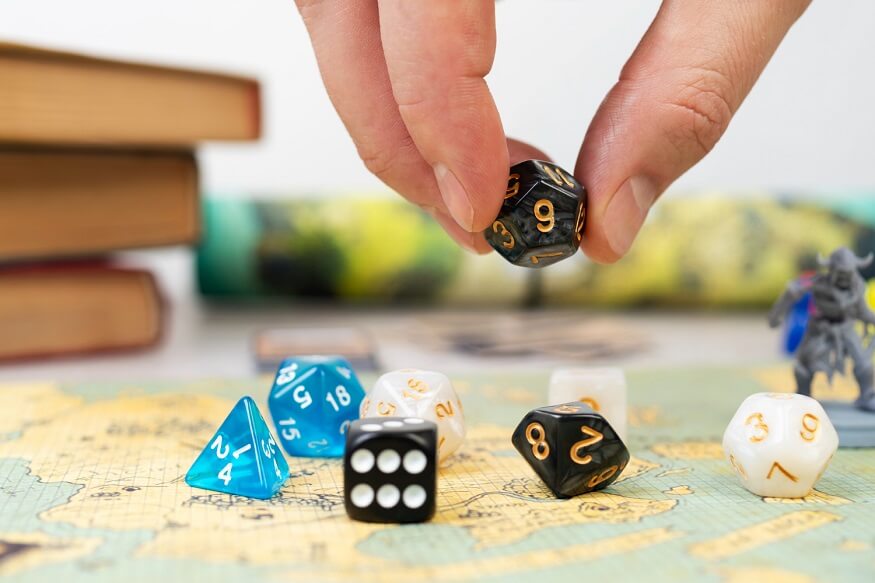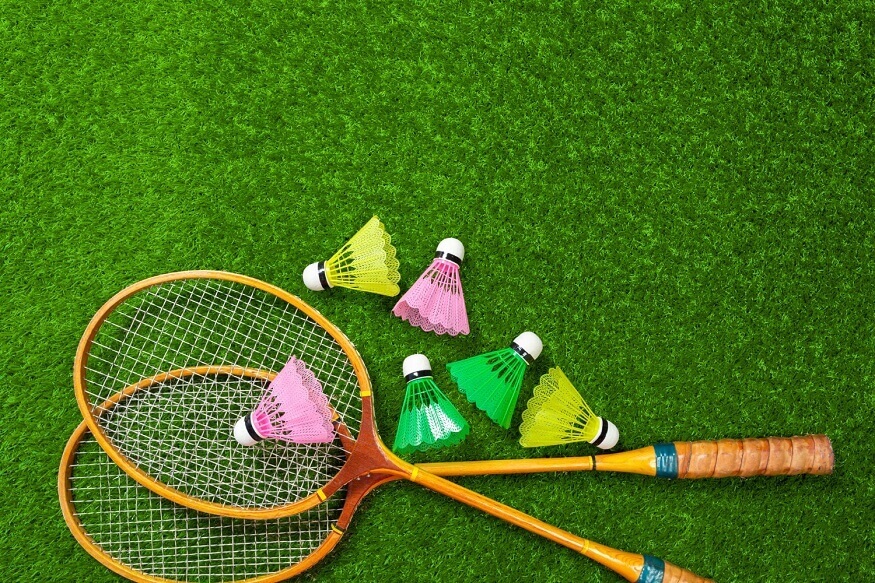In a digital age where video games and virtual realities are picking up pace, the ancient board game of Mancala has emerged as an unlikely hero, capturing the interests of kids across the globe.
Unlike most modern forms of entertainment, Mancala blends education and fun, fostering strategic thinking and mathematical thinking in a playful yet stimulating environment. In this blog, we will explore the meaning of Mancala games, their variations, and the numerous benefits they offer in promoting strategic thinking.
Also Read: Outdoor Activities that Enhance Gross Motor Skills
What is Mancala
Mancala refers to the traditional two-player board game of count and capture. Believed to have originated more than thousands of years ago in Africa, there are a variety of Mancala versions played globally. The term “Mancala” is believed to come from the Arabic word “naqala,” which means “to move.”
However, all the versions share common game mechanics: players take turns sowing seeds (representing small objects like pebbles, shells, or actual seeds) into pits or cups arranged on a board, aiming to capture more seeds than the opponent. Each player starts with a certain number of seeds or stones in their pit and the objective is to capture the most number of seeds by the end of the game.
How to play Mancala
The rules of Mancala vary slightly depending on the variant being played. However, the basic principles of the game remain the same. Following are the steps to play Mancala:
Step 1: Setting up the board
To play Mancala, a specialised board is placed horizontally between two players facing their row of pits. You need 48 small objects such as seeds. The Mancala board has twelve small holes, six on each player’s side, and two larger ‘store’ pits at either end. Each player’s store is to the right of their small pits. To set up the game, place four seeds in each of the twelve small holes. The store pits remain empty during setup.
Step 2: Begin the game
Players take turns, starting with whoever is chosen to go first. A turn consists of ‘sowing,’ or distributing, the seeds from a selected hole. The player picks up all seeds in one of their holes and drops them, one at a time, into subsequent holes in an anti-clockwise direction. This sowing includes the player’s store but skips the opponent’s store.
Step 3: Capturing Seeds
If the last seed lands in an empty pit on the player’s side, they capture that seed and any seeds in the opponent’s pit directly opposite it.
Captured seeds are placed in the player’s Mancala cup. The opponent’s pit that was emptied remains empty; it does not “capture” the player’s last seed.
Should the last seed in a player’s hand land in their store, they earn an additional turn. If it lands in one of their empty pits, they capture all seeds in the direct opposite enemy pit and put them into their store, ending that turn.
Step 4: End of the game
Players take turns, following the same process of sowing seeds and capturing until one side of the board is empty.
The game ends when all six pits on one player’s side are empty. The player who still has seeds on their side puts them all into their store. The player with the most seeds in their store at the end of the game is declared the winner.
Also Read: Hula Hoop Games for Kids
Variations of Mancala
Throughout history, different cultures have developed their variations of Mancala, each with unique rules and strategies.
- The common African variant is called ‘Bao’. Entrenched in East African culture, Bao is played on a 4×8 board, unlike the typical 2×6 or 2×7. The game includes two stages – preparation and the main game stage.
- Another variant popular in Ghana is Oware, more simplified compared to Bao but one with strategic finesse. Oware consists of two rows of six pits and demands mathematical skill, making it a fit educational tool.
- India is home to the ‘Pallankuzhi’ variant of Mancala. Pallankuzhi involves a two-player board game with 2 rows of 7 pits each. It embodies the agricultural sowing and reaping metaphor. It is prevalent in South India and is deemed a brain stimulator as it requires skills in counting and strategizing.
- In North America, we witness the ‘Kalah’ variation. The rules of Kalah, patented by William Julius Champion Jr. in 1940, differ remarkably from its precursors. It is played with two rows of six pits, and the aim is to capture more stones than the opponent. Due to its straightforward nature, it is the most common variant played in the West.
- Europe too has its variant named ‘Bantumi’. Adopted in countries like Germany and the Netherlands, the Nokia mobile game Bantumi popularized this version in 1997. It shares similar rules with Kalah, with its ease of play, making it a preferred choice for beginners.
- Lastly, we have the ‘Ali Guli Mane’ variant from Southeast Asia. Played mainly in Indonesia and Malaysia, it follows a similar pattern to that of Pallankuzhi from India. However, it uses a larger board with 2 rows of 7, 9, or an even larger number of pits to further challenge the player’s strategic abilities.
While the variants differ in their rules and game setups, the underlying principle of Mancala, promoting cognitive development and strategic thinking, remains unaltered. The rich cultural interpretations of Mancala make it one of the most widely accepted and played board games worldwide.
Mancala’s Benefits for Kids
Mancala is more than just a pastime activity. As kids predict opponents’ moves, plan their strategies accordingly, and constantly adjust their game plans, Mancala trains children in developing foresight and adaptability. It builds strategic thinking and planning in kids.
Mancala games also reinforce mathematical concepts naturally. Counting seeds, learning simple addition and subtraction, understanding patterns, and practising multiplication are all integral parts of Mancala’s gameplay. Through repeated play, children can hone their numeracy skills in a hands-on, engaging manner.
Another benefit lies in Mancala’s ability to cultivate social skills and sportsmanship. Playing games with a friend or family member can strengthen bonds and build on communication skills. In addition, it encourages self-control, interaction, empathy, and understanding that winning and losing are inevitable aspects of life.
Promoting Mancala in Homes and Schools
Considering its unparalleled benefits, it is advisable to promote Mancala games to our young generation. Educational institutions can use the game as an active aid to learning, integrating it into maths lessons or as a part of extracurricular activities.
Similarly, at home, Mancala can serve as a family bonding tool that educates while providing entertainment. Children can even craft their own Mancala boards, extending their scope into craft lessons or recycling projects.
Also Read: Balancing Academics and Life Beyond Academics: Finding the Right Mix
Conclusion
In a nutshell, Mancala games for kids extend beyond mere entertainment. Mancala games foster critical thinking, develop mathematical abilities, enhance strategic thinking, and cultivate better social skills.
It is a timeless game that transcends age barriers appealing to kids and adults alike. By integrating Mancala into education and home settings, we pave the way for a more engaging, enriching, and enjoyable learning journey for our children.











